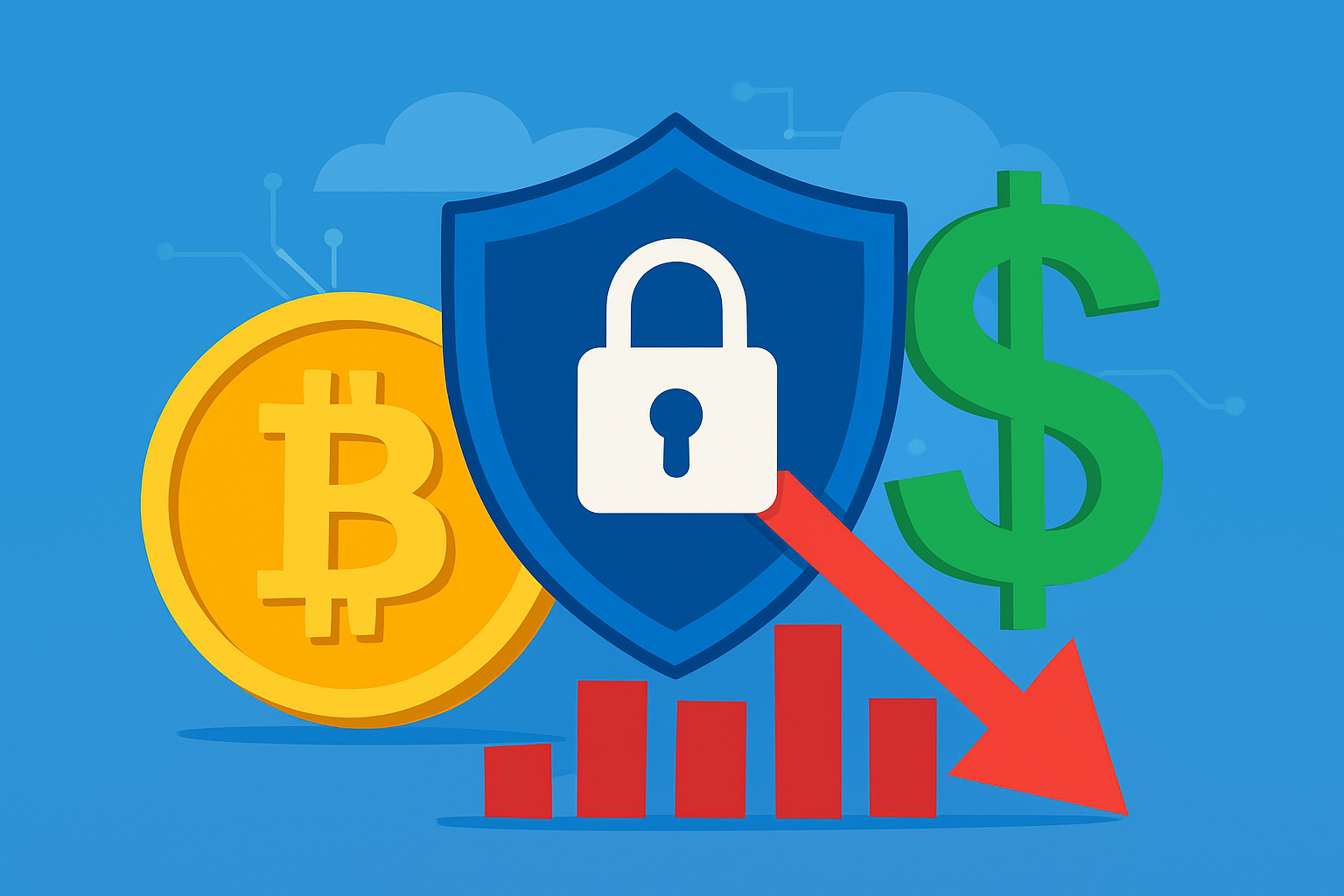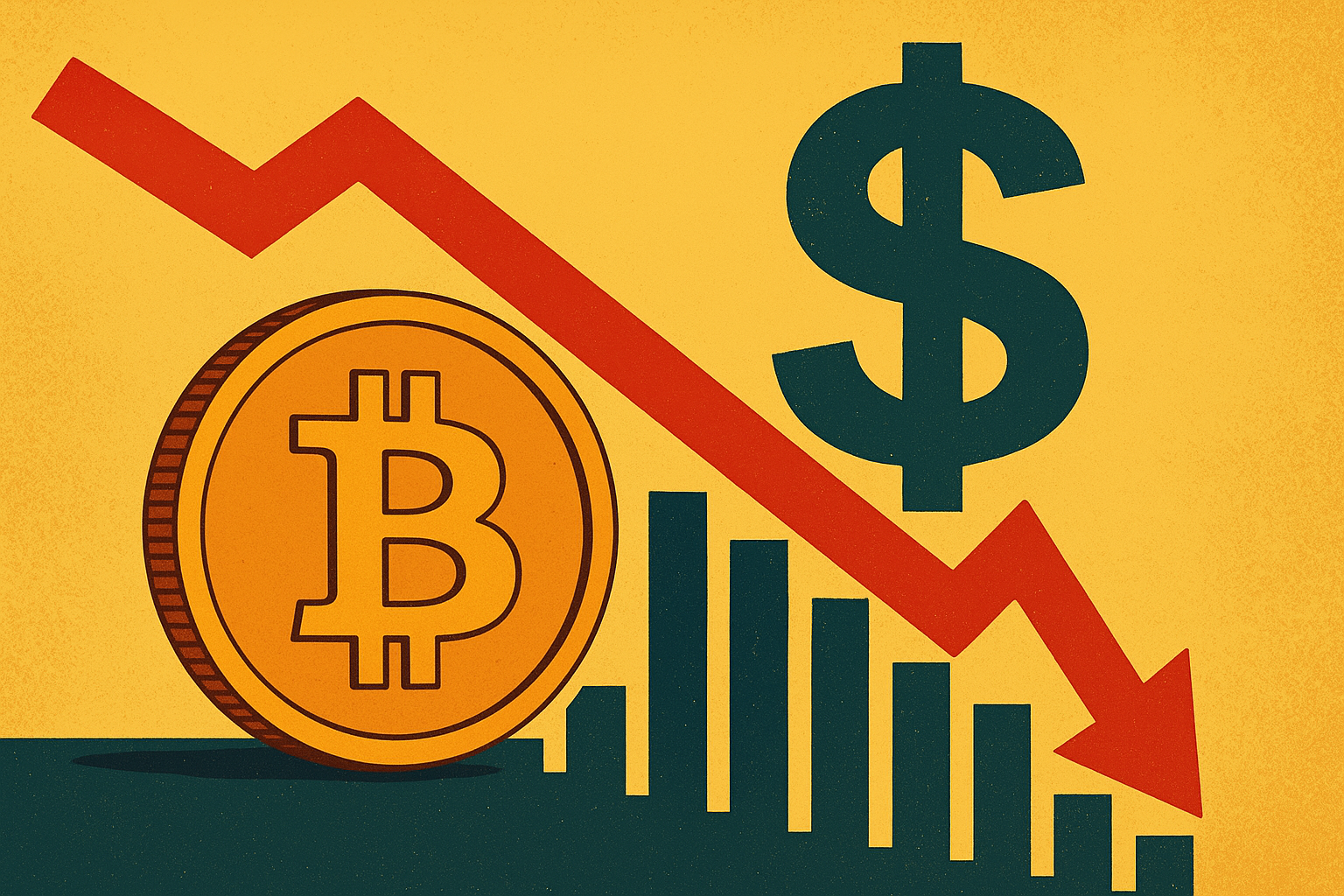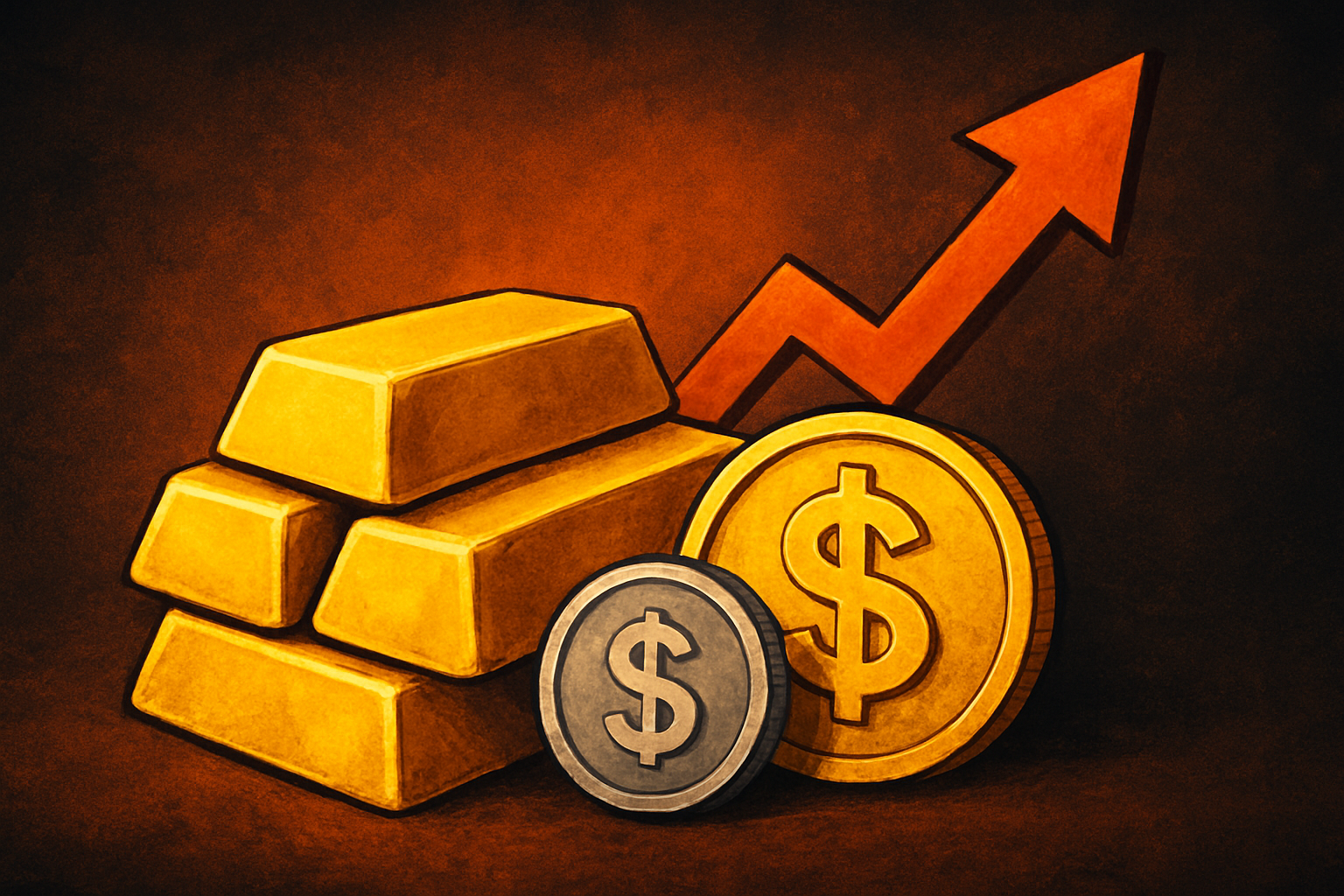Gold has long been viewed as a safe-haven asset during times of economic and geopolitical uncertainty, and the recent surge in gold prices underscores the heightened demand for this precious metal. Gold futures reached an all-time high of $3,332.89 per ounce, driven by intensifying geopolitical tensions between the U.S. and China. As trade uncertainties continue to roil markets, investors are flocking to gold as a secure investment. With the U.S.-China trade war escalating, this surge is part of a broader trend where gold is regaining its role as a critical asset during times of global instability.
Why This Matters for Investors
The rising price of gold isn’t just a story about a single asset class—it’s a reflection of shifting market dynamics that investors cannot afford to ignore. The U.S.-China trade war, which has been ongoing for several years, shows no signs of abating. Both sides have imposed tariffs, and with the continued economic decoupling between the two largest economies in the world, global markets are beginning to feel the strain. For investors, the path to managing risks in such an environment becomes critical.
- Geopolitical Risks Fueling Demand for Gold:
The most immediate driver of gold’s rally is the growing geopolitical risks emanating from the U.S.-China trade war. The tit-for-tat tariffs have disrupted global supply chains, affecting everything from consumer goods to manufacturing, and causing ripple effects across global markets. Investors, uncertain about the path of economic growth in both the U.S. and China, are turning to gold to hedge against potential market downturns. The precious metal is considered a store of value during periods of high volatility, and as such, gold futures have soared to new heights. - Inflationary Pressures:
Alongside geopolitical risks, the U.S. is grappling with rising inflation, fueled by factors such as supply chain disruptions, higher commodity prices, and rising wages. Inflation erodes the purchasing power of fiat currencies, making gold an attractive option for investors looking to preserve their wealth. As inflation concerns mount, particularly in the U.S., the appeal of gold as a hedge against currency depreciation becomes even more pronounced. - U.S. Dollar Weakness:
The ongoing trade tensions also impact the value of the U.S. dollar, which has weakened against other major currencies. A declining dollar often leads to higher gold prices, as the metal is priced in U.S. dollars. As the dollar loses strength, investors are likely to turn to gold and other commodities as safer stores of value, further boosting demand for gold. - Global Central Bank Policies:
Central banks around the world, including the U.S. Federal Reserve, have been keeping interest rates low to combat economic slowdowns and provide liquidity to the market. However, low rates also mean lower yields on bonds and other fixed-income investments, making gold and other commodities more appealing. Central banks have also been increasing their gold reserves in response to global uncertainties, which may further signal to investors that gold is a safe bet during turbulent times.
Future Trends to Watch
As gold continues to climb, there are several key trends that investors should monitor in order to make informed decisions about their investments:
- Geopolitical Developments:
The trajectory of the U.S.-China trade war is a key factor influencing gold prices. Any escalation in trade tariffs or new economic sanctions between the U.S. and China could lead to additional spikes in gold prices. Similarly, tensions in other regions—such as the Middle East—could further fuel demand for gold as a safe-haven asset. Investors should stay attuned to the political landscape to gauge the potential for increased geopolitical instability. - Inflation and Central Bank Actions:
Inflation will continue to be a major concern for investors, particularly in developed economies like the U.S. The more persistent inflation becomes, the more likely gold will maintain its upward trajectory as a hedge. Additionally, central banks’ responses to inflation, including interest rate hikes or asset purchasing programs, could influence the strength of the U.S. dollar and, by extension, gold prices. - Technological and Industrial Demand for Gold:
In addition to being a financial asset, gold is also used extensively in technology and industry, particularly in electronics, jewelry, and renewable energy applications. As demand for these industries grows, so too could demand for gold, providing an additional layer of support for gold prices.
Key Investment Insight
For investors looking to capitalize on gold’s rise, it’s crucial to recognize that the current surge in prices is likely driven by a combination of geopolitical tensions, inflation concerns, and the decline of the U.S. dollar. As such, gold could continue to be a valuable hedge against market volatility in the short-to-medium term.
Investors should consider increasing exposure to gold, both through physical gold and gold-related equities such as mining stocks and ETFs. Companies like Newmont Corporation (NEM), Barrick Gold (GOLD), and SPDR Gold Shares (GLD) could benefit from the sustained rise in gold prices. Additionally, ETFs that track gold mining companies may offer investors greater diversification while capitalizing on the growth in the sector.
While gold presents an attractive investment in the current environment, investors should also remain aware of the potential risks, including the possibility of a sudden shift in U.S. or global monetary policy, or a de-escalation of trade tensions between the U.S. and China.
Stay Informed with MoneyNews.Today
At MoneyNews.Today, we are committed to providing you with real-time updates and expert analysis on the latest market trends. As the global economy faces increasing uncertainty, we will continue to keep you informed on the developments that matter most to your investments.





